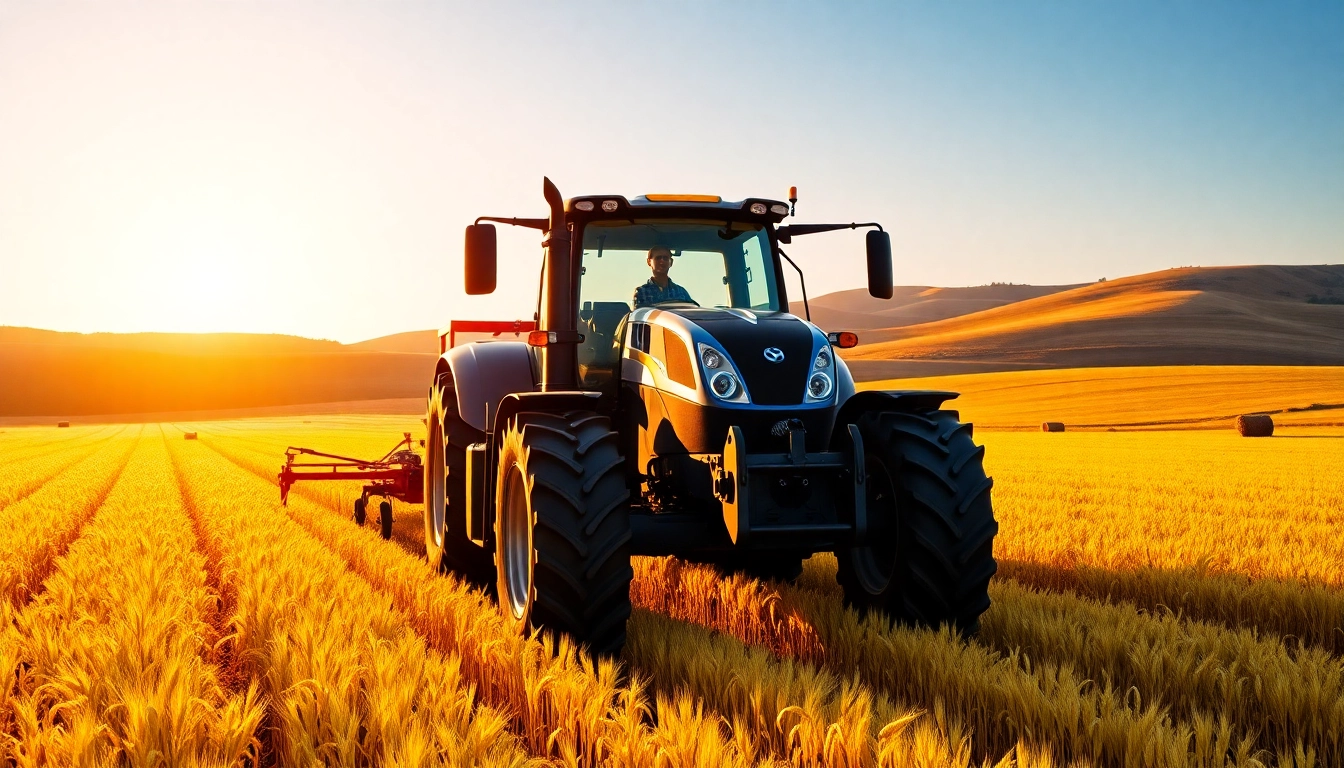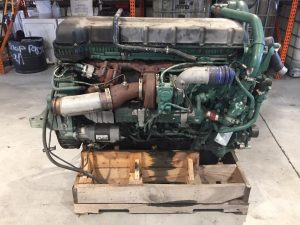Understanding Machine Vision: Technology, Applications, and Benefits
What is Machine Vision?
Definition and Overview of Machine Vision
Machine vision refers to the technology and methodologies employed to enable machines to interpret and understand visual data from the world around them. Essentially, it mirrors the human ability to see and understand images but does so through electronic means. This offers enormous capabilities in various industrial and non-industrial applications, enhancing productivity, ensuring quality, and enabling complex automation. Meaningfully, machine vision combines hardware (like cameras and sensors) with software algorithms designed to analyze images and make decisions autonomously. For more detailed insights into this fascinating field, you can explore machine vision beyond the basics.
Key Components of Machine Vision Systems
A typical machine vision system consists of several critical components:
- Cameras: These are essential for capturing images of objects. Different types of cameras (CCD, CMOS) can be chosen based on the specific application requirements.
- Illumination: Proper lighting is crucial for high-quality image capture. There are various lighting techniques like backlighting, ring lighting, and diffuse lighting to ensure the features of the object are well-lit and easily discernible.
- Image Processing Hardware: This generally includes CPUs or GPUs that process the captured images at high speeds, converting them from raw data into actionable insights.
- Software Algorithms: Image processing software employs advanced algorithms and machine learning techniques to interpret visual data, performing tasks such as pattern recognition, anomaly detection, and measurement.
- User Interface: Provides operators with the ability to adjust settings, view results, and generate reports, ensuring that the system operates effectively in its environment.
How Machine Vision Differs from Computer Vision
While both machine vision and computer vision involve the interpretation of visual data, they serve different purposes and are applied in distinct scenarios. Machine vision primarily focuses on industrial applications where automated inspection and process control are crucial. It leverages precision to ensure quality and efficiency in manufacturing processes. Computer vision, on the other hand, encompasses a broader range of applications, including facial recognition, autonomous vehicles, and more complex AI models that analyze visual information in varied contexts outside industrial settings.
Applications of Machine Vision in Industries
Quality Control and Inspection
One of the most prominent applications of machine vision is in quality control and inspection processes. Machines equipped with vision technology can assess product quality more accurately and quickly than humans. For instance, they can detect surface defects such as scratches, dents, and color misalignments on manufactured goods. A real-world example is how automotive manufacturers utilize machine vision systems to inspect the quality of paint and parts in the assembly line thoroughly, reducing waste and improving overall product quality.
Assembly Guidance and Robotics
Machine vision plays an essential role in assembly guidance, helping robotic systems to perform complex assembly tasks. By providing real-time visual feedback, these systems can position and align components with high precision. Companies that manufacture electronics often rely on machine vision to ensure the accurate placement of tiny components on printed circuit boards (PCBs), significantly enhancing speed and reducing errors.
Barcode and Label Reading
In logistics and warehouse management, machine vision systems are widely employed for reading barcodes and labels. Optical character recognition (OCR) technology enables machines to quickly scan and interpret text and codes on packaging or products. This becomes critical in automating inventory tracking and shipping processes, leading to increased operational efficiency and accuracy in order fulfillment.
Benefits of Implementing Machine Vision Solutions
Enhancing Productivity and Efficiency
Integrating machine vision solutions significantly enhances productivity in various sectors. The speed at which machines can analyze visual data outpaces human capabilities, allowing for faster throughput without compromising quality. For example, a packaging facility that implements machine vision can achieve higher output rates since machines can continuously monitor and assess product packaging without needing breaks or downtime.
Cost Reduction through Automation
By automating inspection and quality control processes, companies can reduce labor costs associated with manual inspection, all while minimizing errors that can lead to costly recalls or customer dissatisfaction. The return on investment (ROI) for implementing machine vision solutions is often realized quickly as operational costs decrease and productivity increases.
Improving Accuracy and Consistency
Machine vision systems provide a level of accuracy and consistency unattainable by manual inspection. Such systems can be calibrated to detect defects or deviations in products with a consistent threshold, leading to fewer product failures and enhanced consumer trust. Industries, from food and beverage to advanced manufacturing, find machine vision indispensable for maintaining stringent quality standards.
Challenges in Machine Vision Implementation
System Integration Issues
Integrating machine vision systems into existing workflows can pose significant challenges. Organizations may face difficulties in making new technologies compatible with older systems, leading to operational disruptions during the transition period. Ensuring proper alignment between machine vision systems and other automation technologies is crucial for seamless operation.
Lighting and Environmental Factors
Lighting plays a vital role in machine vision, and the variability of environmental conditions can impact image quality. Shadows, reflections, or inadequate lighting may lead to inaccurate results. Companies often need to invest in controlled lighting solutions or specialized cameras to mitigate these issues, which can increase the complexity and cost of machine vision implementations.
Algorithm and Image Processing Challenges
The effectiveness of machine vision systems heavily relies on the algorithms employed for image processing. Developing robust algorithms that can accurately recognize patterns and features in different conditions can be challenging, often requiring extensive training datasets and continuous refinement. Furthermore, adapting algorithms for new products or changes in manufacturing processes can lead to additional overhead in system upkeep and maintenance.
Future Trends in Machine Vision Technology
Advancements in AI and Deep Learning
The future of machine vision is closely tied to advancements in artificial intelligence (AI) and deep learning techniques. These technologies enhance the ability of machine vision systems to learn from new data, enabling significant improvements in accuracy and detection capabilities. As AI continues to evolve, we can expect machine vision systems to become even more intelligent, allowing for predictive maintenance and advanced anomaly detection.
Increased Adoption Across Industries
As machine vision technologies become more refined and affordable, their adoption is expected to increase across a variety of sectors beyond traditional manufacturing. Sectors like healthcare, agriculture, and security are placing greater focus on incorporating machine vision into their operations to improve efficiency and safety. This trend signifies a broad acknowledgment of the utility of visual data processing.
Emerging Features and Capabilities
Future machine vision systems will likely encompass enhanced features such as real-time analytics, improved compatibility with other technologies (like IoT devices), and increased user-friendly interfaces. As more industries adopt these systems, the array of capabilities will expand, highlighting the versatility and importance of machine vision in the technological landscape.











Post Comment